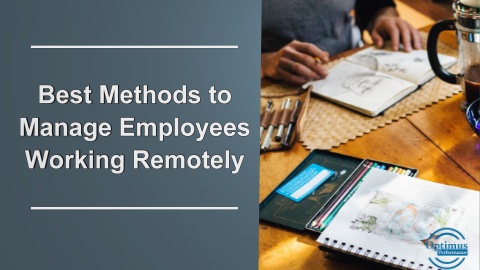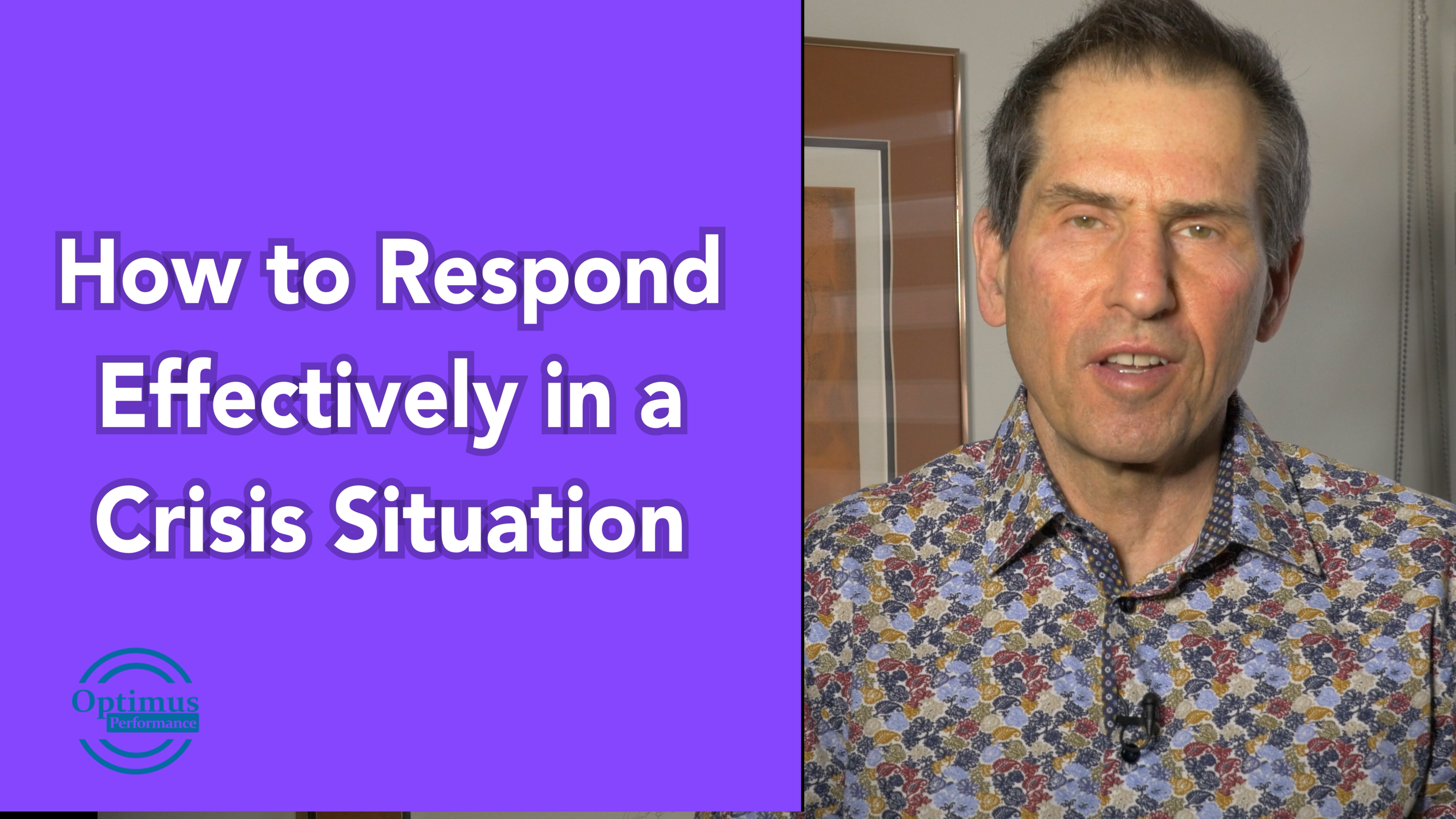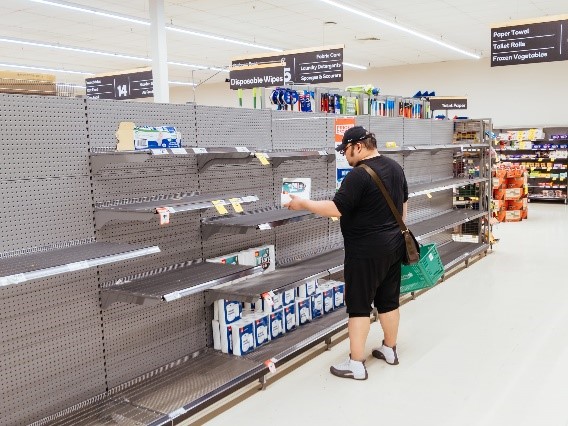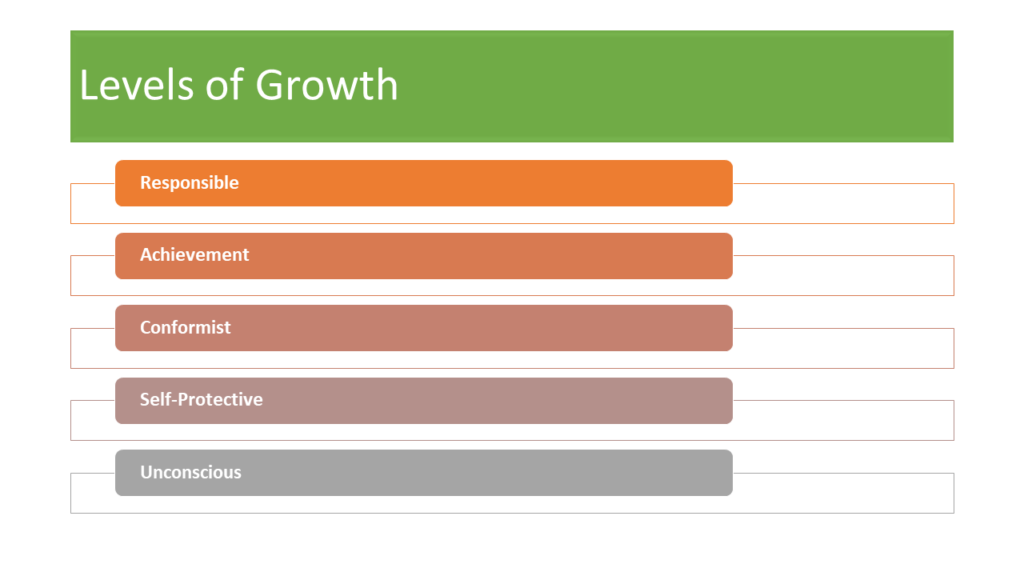
My dog Chief is two and a half years old and he has been in training ever since he was a puppy of two months. This has allowed me to walk with him off leash so he can run and get his exercise and also so we can bring him into all types of environments and feel confident he will behave well with people and other dogs.
When I researched breeds of dogs that would suit my lifestyle and commitment I would be ready to make, training was a question I confronted. I knew at that point that I was ready to commit to ongoing training and it has paid off.
Here are a few points to keep in mind when training employees that also pertain to dogs and that I have seen work.
- Know yourself and your natural style of leadership and training.
- Understand your employees and what type of training will work best. Do they need gradual learning of new information or can they consume it quickly? Do they need a lot of repetition or do they grasp how to do things quickly?
- Reinforce what they are doing well with positive reinforcement but don’t over do it.
- Re-direct them to what they need to be doing right rather than focusing too much on the negative.
- Follow my Seven Steps to Highly Effective Employee Training to maximize the training delivery and results.
- Follow-up depending on how complex the learning is and how new the employee. Newer employees will need closer follow-up.
The next training for Chief will be therapy dog training so we can volunteer him to organizations that have people that need the comfort and love that is special to dogs.








